My Post
✿ Hello Everyone ✿
I am @asifhasan from #Bangladesh
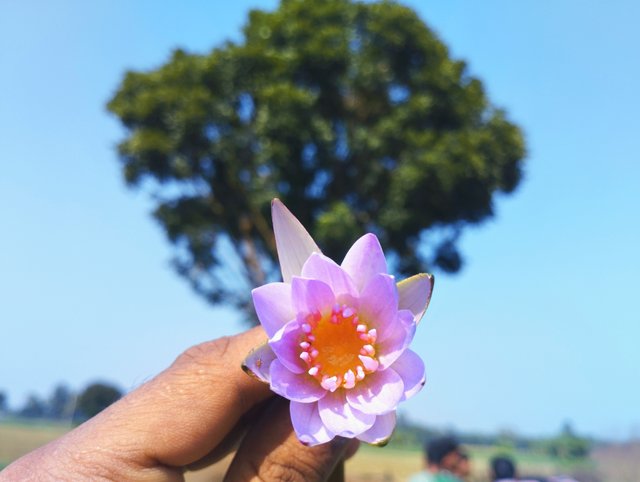 |
|---|
The national flower of Bangladesh (scientific name Nymphaea nouchali is deeply associated with the country's natural bauty, culture and lifestyle. Shapla is an aquatic plant, which is mainly found in canals, bilges, ponds and reservoirs of the country. It is white and purple in color. White lily has been recognized as the national flower. These flowers play an important role in nature, environment and economy.We all more or less know that the leaves of Shapala float on water and are large round. The flower usually blooms in the morning and closes at night. The shape of the flower and the mild fragrance make it a sight to behold.Shapla grows naturally in various water bodies of South Asia including Bangladesh. It is perfectly adapted to the local environment. the stems and roots of Shapla, known as 'Shaluk', are used as food. It is a nutritious food of the rural population. Shapla enhances the beauty of ponds and water bodies and acts as a natural shelter for fish. During the liberation war of 1971, Shapla reflected the struggle and desire for independence of Bangladesh.
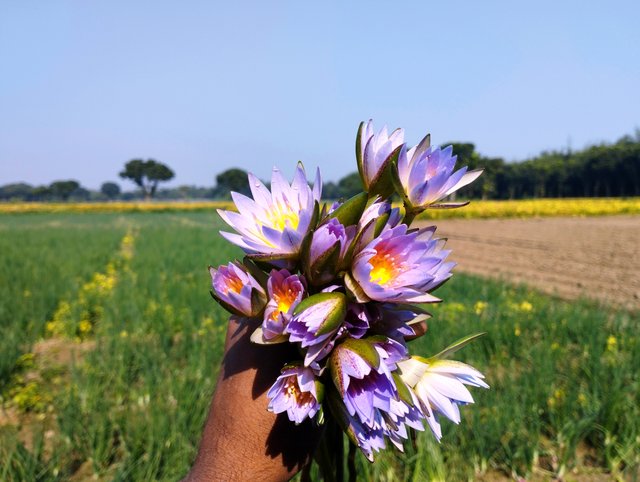 |
|---|
Shapla has repeatedly appeared in poetry, music and painting of Bangladesh. It symbolizes the simplicity of rural life and the beauty of nature. Shapla is important in conserving aquatic biodiversity. It purifies the water and acts as a habitat for fish. Shapla maintains the temperature balance in the reservoir and keeps the aquatic ecosystem healthy.Shapla's existence is currently under threat. Its growth is hampered by filling up water bodies, water pollution and urbanization. So it is important to take initiative to preserve Shaplar. It is not only a part of nature but also a symbol of our national identity. Shapla is an integral part of the nature, tradition and life of Bangladesh. It is a symbol of our freedom and a monument of national pride. Shuplar conservation is not just a matter of protecting flowers; It is a commitment to preserve our environment and culture.
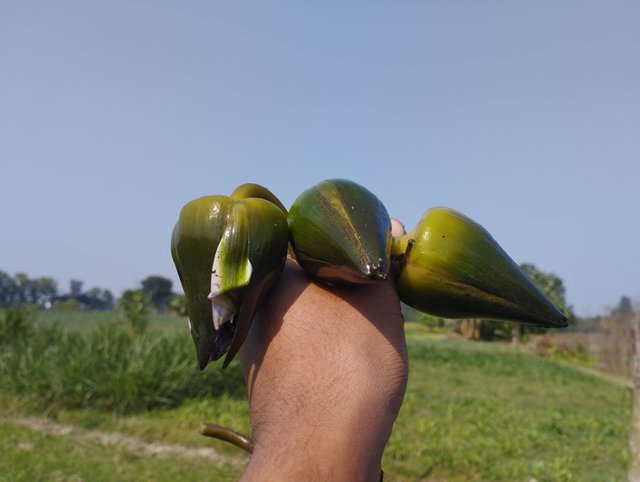 |
|---|
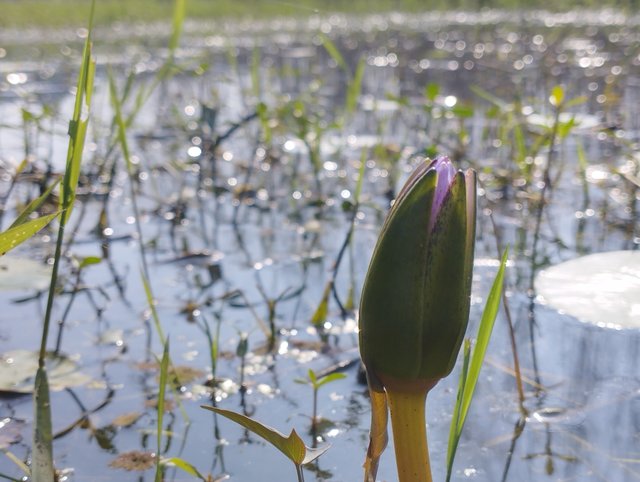 |
|---|
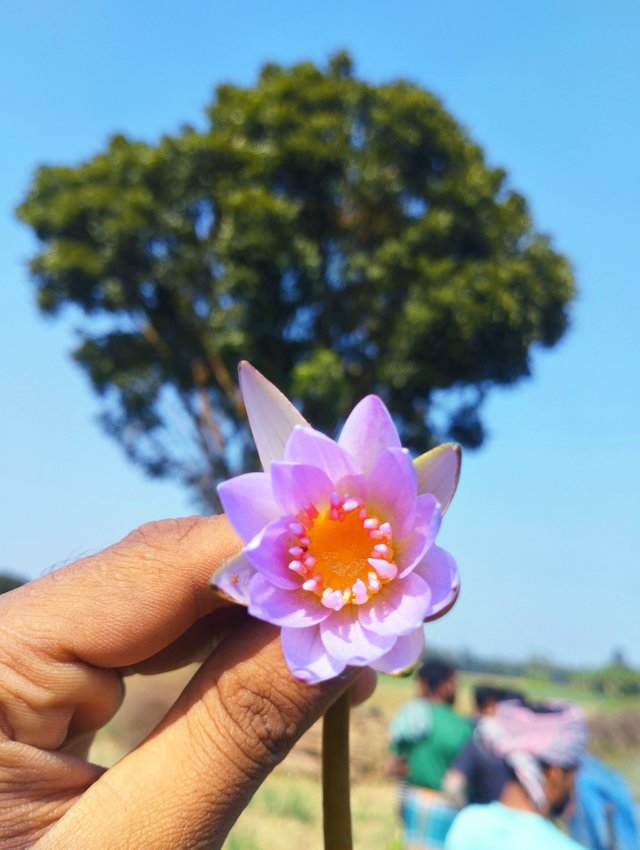 | 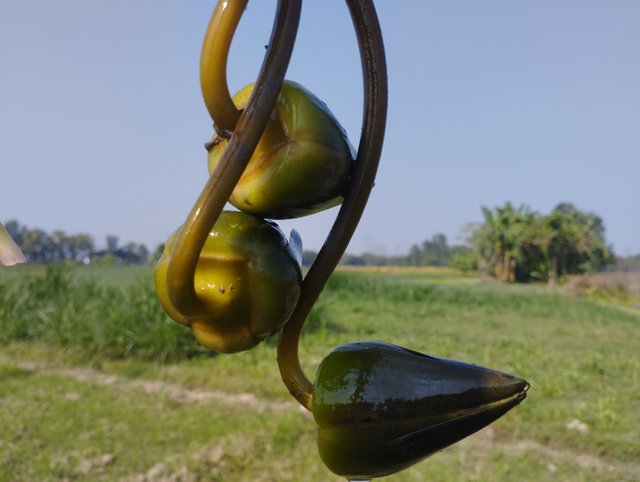 |
|---|
Shapala roots, known as 'Shaluk', are used as food by rural communities. It is nutritious and readily available.Shaluq is rich in various nutrients and is a cheap food for poor people.sapala cultivation does not require much care, so it is an accessible source of income for local farmers.Shapla creates an important habitat for fish, which is conducive to fisheries. Shapala is not just a flower; It is part of Bangladesh's natural heritage and a symbol of national identity. Its simple beauty, ecological importance and historical significance make it more valuable. Conservation of Shapla is not just saving a flower, but an effort to save the nature, culture and future of Bangladesh.
🥰Thanks for reading my post🥰






This is my Twitter share link : https://x.com/Asifhasan112/status/1865758921132212236
Hi, Greetings, Good to see you Here:)
Thank you very much for sharing a beautiful article with us. Hope you stay active and keep engaging with everyone. Join our Discord servers for help. Click the link below to join our discord server. https://discord.gg/6by5BAtAAC